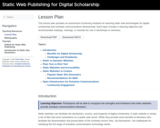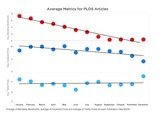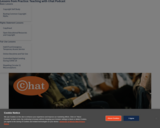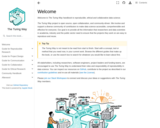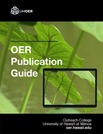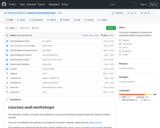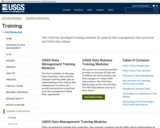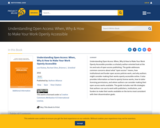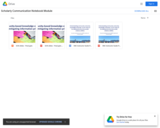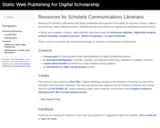
Websites for scholarly publications and digital scholarship are expected to be stable for long-term access, citation, and archiving. Static websites provide a durable and low-cost solution for making and distributing scholarly works. In library and academic contexts, static websites have been used for conference websites, digitization projects, archival metadata, academic journals, edited monographs, and open textbooks. The resources presented here introduce this powerful technology for scholarly communications librarianship.
Contents include: a lesson plan for learning about static web publishing for digital scholarship projects; an annotated bibliography of articles, tutorials, and podcasts about static websites in academic contexts; a quick demonstration of GitHub as a static website hosting platform; an introduction to static site generators tutorial.
- Subject:
- Applied Science
- Computer Science
- Information Science
- Material Type:
- Lesson Plan
- Module
- Reading
- Author:
- Chris Diaz
- Date Added:
- 10/25/2021
